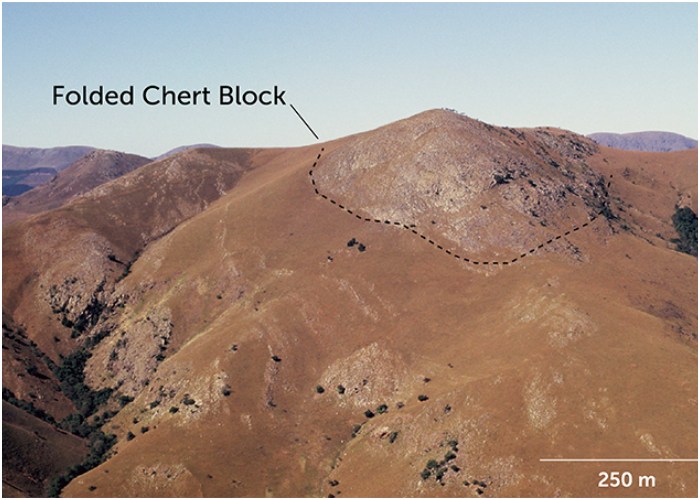The discovery of evidence pointing to an earthquake over 3 billion years ago, rooted in the ancient terrain of South Africa, signals a groundbreaking shift in our understanding of Earth’s early geological activity. This event, indicated by the investigation of submarine landslides within ancient rocks, presents a compelling case for the earliest known occurrence of an earthquake driven by plate tectonics. Such revelations are critical, as they contribute to the ongoing debate among scientists about when the movement of Earth’s tectonic plates, a fundamental aspect of its geological dynamics, initially began. This discovery not only expands our grasp of geological history but also challenges established timelines, suggesting that the mechanisms of plate tectonics may have been at play far earlier than traditionally believed.
Traces in Ancient Rocks
Geologists have identified signs of submarine landslides in ancient rock formations, indicative of seismic activities caused by the collision and subsequent movement of tectonic plates over one another—a process known as subduction. This mechanism is responsible for some of the most powerful earthquakes witnessed in modern history, providing a direct connection between current geological phenomena and the ancient seismic events uncovered. The similarity between these ancient signs and those observed in more recent geological times illustrates the immense and long-lasting impact of Earth’s tectonic forces, offering a unique glimpse into the planet’s formative years.
A Geological Puzzle
The presence of early tectonic activity reshapes our understanding of Earth’s developmental timeline. The debate among geologists regarding the advent of plate tectonics is pivotal, as it underpins theories about the planet’s geological evolution and environmental conditions. While some experts argue for a later emergence, suggesting that plate tectonics began no earlier than 2.8 billion years ago, others advocate for its existence since the preservation of Earth’s oldest rocks, possibly extending even further into the planet’s history. This divergence in viewpoints underscores the complexity of Earth’s geological narrative and highlights the importance of continued research and discovery in this field.

The Evidence Speaks
Analyses of the Barberton Greenstone Belt’s rock formations, compared to recent seismic-induced geological formations in New Zealand, have been instrumental in bridging the temporal gap between ancient and contemporary tectonic activities. The similarities in rock distribution and arrangement across these vastly different eras suggest a consistent pattern of seismic activity, reinforcing the hypothesis of early subduction processes. This comparative approach not only bolsters the evidence for ancient megathrust earthquakes but also serves as a testament to the enduring nature of Earth’s dynamic geological processes, providing a concrete basis for the study of early tectonic movements.
Diverse Perspectives
The findings from South Africa, while pointing towards early seismic activities linked to plate tectonics, also illuminate the intricate and nuanced history of Earth’s geological development. The idea that plate tectonics—and, by extension, subduction—occurred uniformly across the globe is subject to debate. Some experts propose that these processes may have initiated at various times and locations, suggesting a more staggered and complex evolution of Earth’s tectonic activity. This perspective invites a broader consideration of how plate tectonics shaped the planet’s geological and environmental history, emphasizing the diversity of Earth’s formative processes and the need for a multifaceted approach to understanding its past.